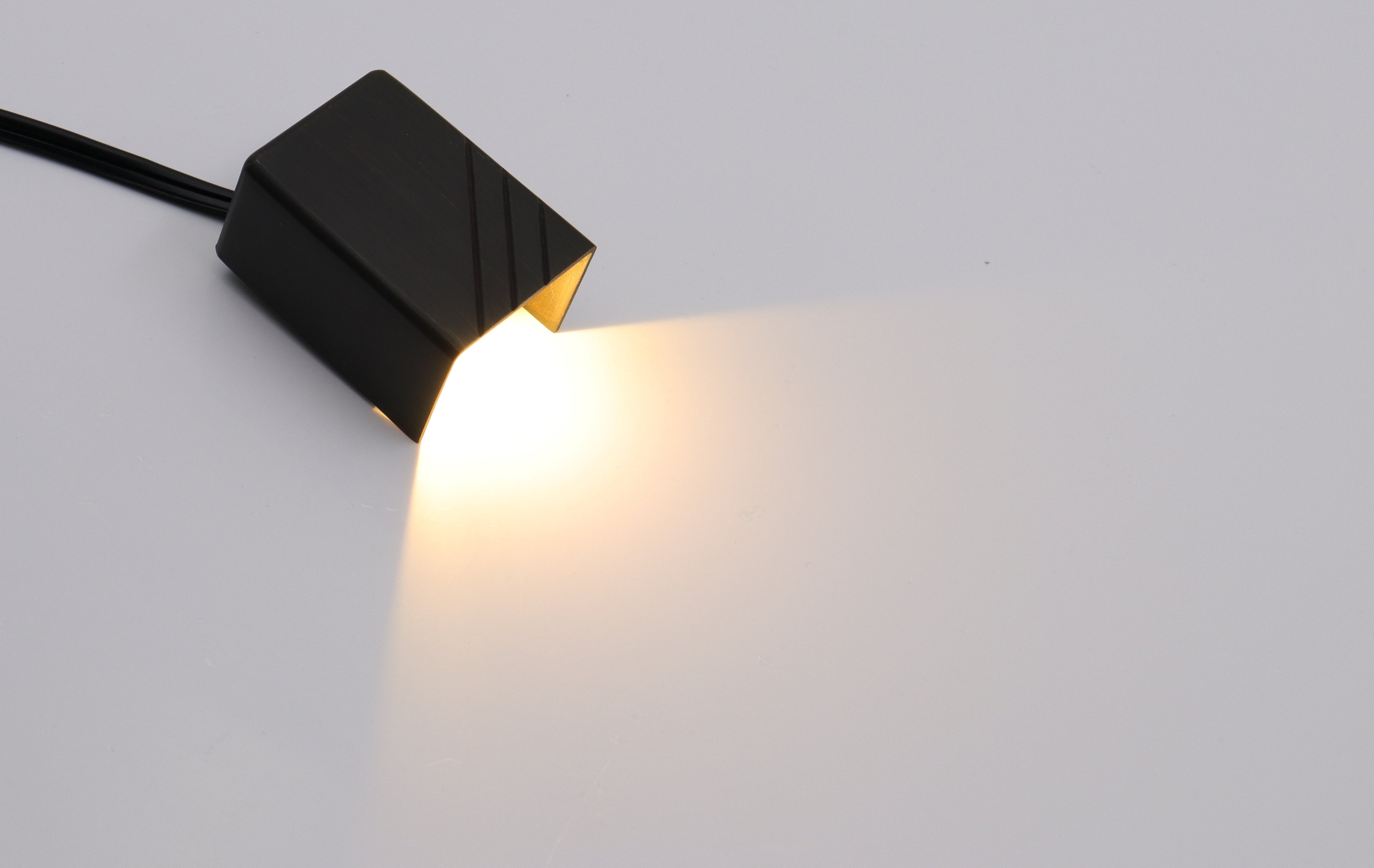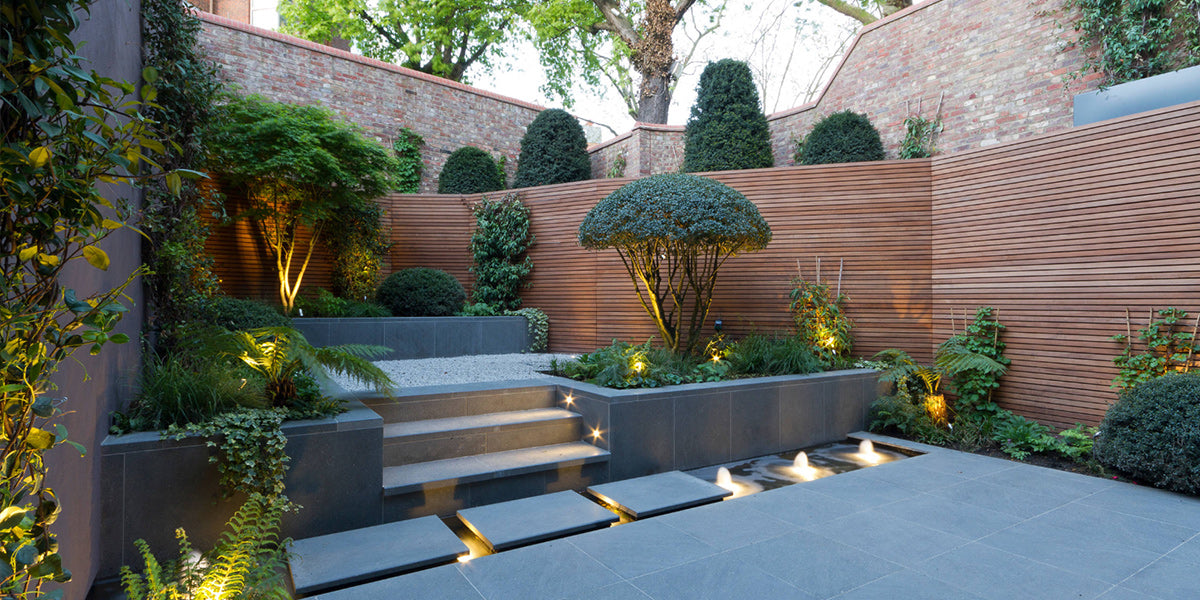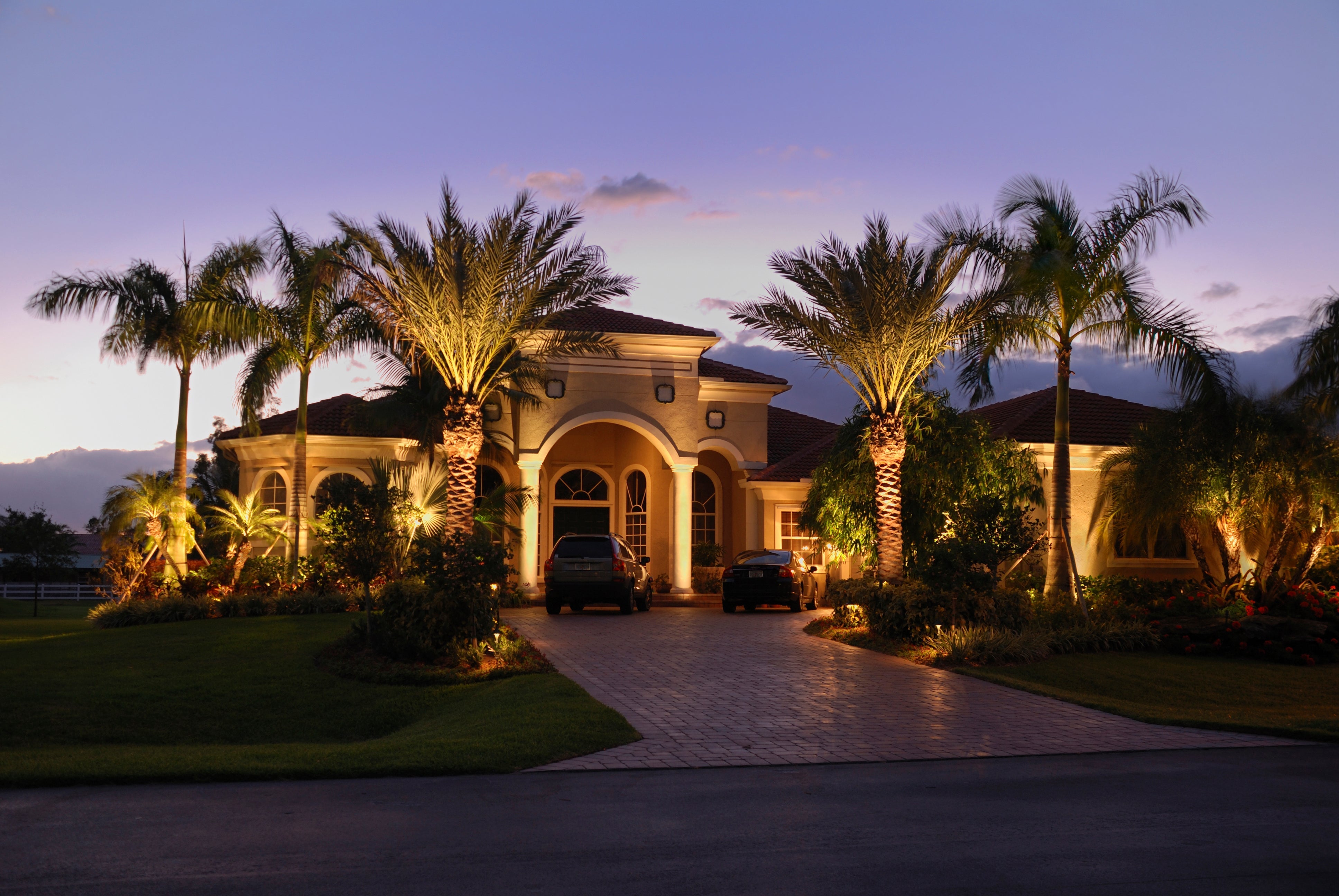Outdoor lighting is an indispensable element in the exterior design of any residence, serving dual functions: enhancing visual appeal and bolstering safety measures. While plastic outdoor lights have been a popular choice due to their affordability and ease of installation, it's crucial to reconsider this option. This comprehensive guide delves into five persuasive reasons to replace your plastic outdoor lights with more eco-friendly and efficient alternatives.
1. Lack of Durability
At first glance, the low cost of plastic outdoor lights may seem like an economical choice. However, a closer examination reveals a different narrative. These lights have a significantly shorter lifespan compared to their metal or glass counterparts. Plastic is susceptible to a myriad of issues that compromise its durability. For instance, it's prone to cracking under fluctuating temperature conditions. Additionally, plastic tends to discolor and deteriorate when exposed to environmental elements like rain, snow, or hail. These factors necessitate frequent replacements, undermining the cost-effectiveness of plastic lights over an extended period.
Moreover, plastic's vulnerability to UV rays further exacerbates its durability issues. Prolonged exposure to sunlight can cause the material to become brittle, leading to cracks and, eventually, fixture failure. This degradation is not merely superficial; it jeopardizes the structural integrity of the entire lighting system. On the other hand, materials like aluminum and stainless steel are UV-resistant, maintaining their aesthetic and structural integrity over time. This makes them a more durable and cost-effective solution.
2. Bad For the Environment
The environmental ramifications of using plastic outdoor lights are too significant to ignore. Plastic is non-biodegradable, meaning it doesn't decompose naturally. Discarded lights often end up in landfills or, worse, oceans, exacerbating the global plastic pollution crisis. This has catastrophic implications for marine ecosystems and poses a long-term environmental threat.
Another environmental drawback is the energy inefficiency of bulbs commonly used in plastic fixtures. Many come with incandescent bulbs, which are notoriously inefficient. These bulbs convert a mere 10% of consumed energy into light, wasting the rest as heat. Transitioning to LED bulbs, which are up to 80% more efficient, can substantially reduce both your energy consumption and carbon footprint.
3. Aesthetic Limitations
If you prioritize unique and personalized outdoor spaces, plastic lights will likely fall short of your expectations. These fixtures often feature generic, mass-produced designs with limited customization options. Unlike materials like wrought iron or copper, which can be crafted into intricate designs, plastic offers little in terms of flexibility and sophistication.

4. Safety Concerns
The flammable nature of plastic poses a substantial safety hazard, especially during hot summer months or in warm climates. Plastic can easily melt or ignite, putting your home and loved ones at risk. In contrast, non-flammable materials like metal and glass provide a safer alternative.
Plastic outdoor lights of inferior quality can give rise to issues such as loose fittings and inadequate insulation, leading to electrical hazards like short circuits or fires. On the other hand, high-quality materials such as aluminum and stainless steel offer superior fittings and insulation, thereby minimizing electrical risks.
5.Maintenance Woes
Opting for plastic outdoor lights entails regular replacements, resulting in a high-maintenance choice. This not only burdens you financially but also requires labor and time to uninstall old fixtures and install new ones. Conversely, more durable materials like aluminum or stainless steel necessitate minimal maintenance, saving you both time and money in the long run.

Conclusion
Although plastic outdoor lights may initially seem convenient and economical, their long-term drawbacks far outweigh any short-term advantages. From durability concerns and environmental impact to aesthetic limitations and safety risks, the argument against plastic outdoor lights is compelling.
By choosing high-quality, sustainable materials such as brass, bronze, etc., you can elevate your outdoor aesthetics while contributing to a safer and more sustainable environment. Make the switch today and embrace the myriad benefits it brings.






Leave a comment
All comments are moderated before being published.
This site is protected by hCaptcha and the hCaptcha Privacy Policy and Terms of Service apply.